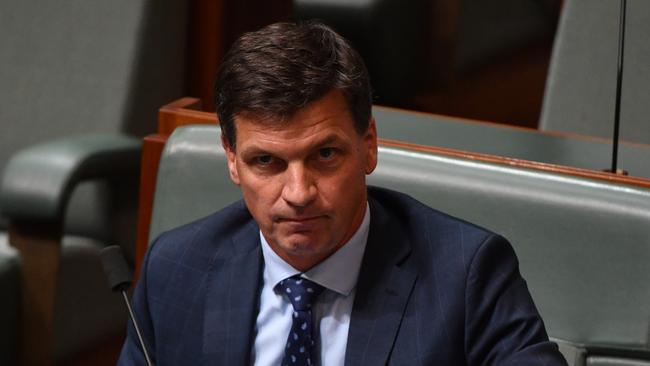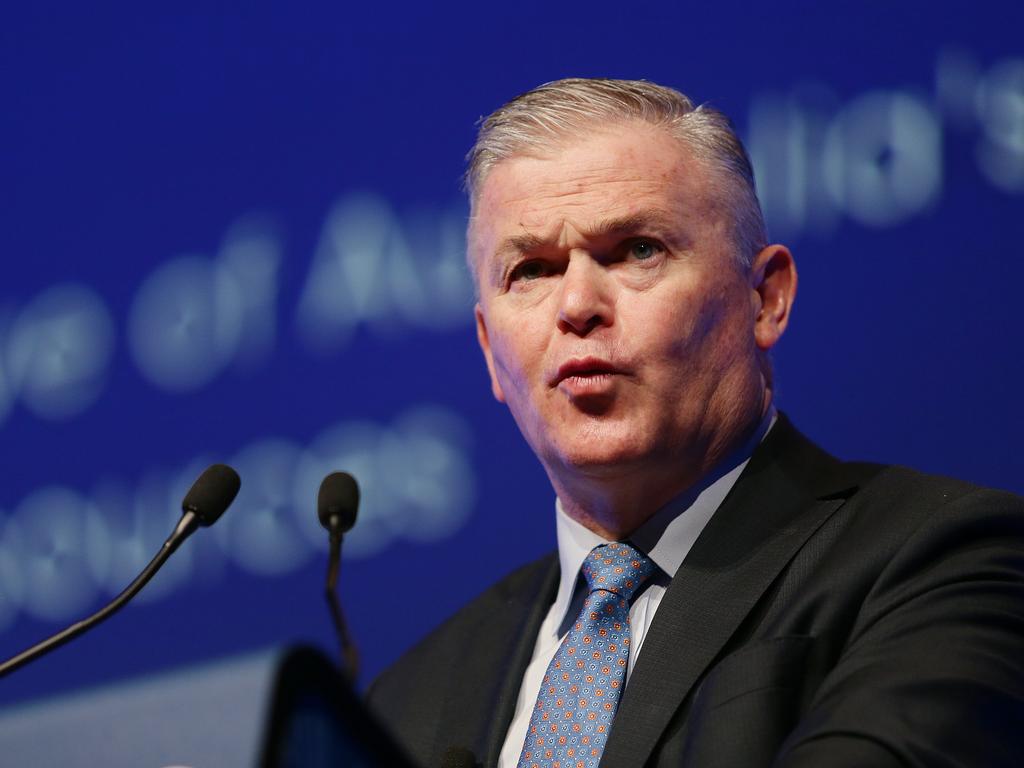Coronavirus Australia: Hydrogen a key player for tech recovery
Investment and tax incentives to drive cheaper energy costs, lower carbon emissions set for October budget.

Investment and tax incentives to drive cheaper energy costs, lower carbon emissions, and new technologies to help reboot key sectors including manufacturing are likely to be included in the October budget as a major plank of the post-pandemic economic recovery.
The Morrison government’s Technology Road Map has identified emerging technologies including hydrogen as well as carbon capture and storage, sequestration and soil carbon as priorities.
In recommendations that will provoke anger from green groups and Labor, it also includes boosting energy resource exports and the potential development of small modular nuclear reactors in its short list of technologies.
The road map, to be released on Thursday by Energy Minister Angus Taylor, reveals the government’s strategic approach to future energy sources out to 2050 while meeting emissions reductions targets, with six key low-carbon technologies — out of 140 examined — to be prioritised before the end of the year.
The strategy also draws a new political battleline for reforms to strengthen the economy in the recovery phase of COVID-19, with investment in new energy technology now considered a key driver of jobs and new industries.
Industry Minister Karen Andrews said on Wednesday that cheaper gas and electricity and innovation rather than protectionism were the keys to the revival of a competitive manufacturing sector. Ms Andrews also flagged overhauls to tax, red tape and skills.
An accelerated depreciation regime will become one of the key measures aimed at driving private sector investment in new energy technologies. A key focus of the road map was the development of a hydrogen industry, which it claimed would create 7600 jobs between now and 2050 and add $11bn annually to GDP.
Mr Taylor told The Australian that the technology strategy, developed before the economic catastrophe of COVID-19, would now play an even greater role in the economic recovery while also meeting international emissions reductions goals.
“We will back technologies that will strengthen the economy and not get ideological about where emission reductions come from,” Mr Taylor told The Australian.

“We want every horse in this race that has a chance of winning, and if there are solutions and technology that reduces emissions without damaging the economy then we should do it. As we recover from the COVID-19 pandemic, we must continue to prioritise investment in technologies that improve productivity and support a resilient economy.
“The goal of this road map is to bring a strategic and system-wide view to future investments in low-emissions technologies.
“At its core, this is about technology, not taxes. It means reducing emissions, not reducing jobs and the economy. It is an approach based on rigour, discipline and optimism, not ideology.”
Mr Taylor hinted heavily at carbon capture and storage and sequestration in the gas and electricity sector. Gas would be a key technology in filling the gap in dispatchable electricity left by intermittent wind and solar, while coal would still play a key role in keeping lights on in the short to medium term. Emerging soil carbon technology was favoured to increase agricultural productivity and lower emissions.
The shortlist also includes large-scale solar, offshore and onshore wind. As technologies that are already commercial, they will not receive direct government investment. But they also needed to be backed by stored hydro and battery storage.
The road map said electric vehicles would play an increasing role, but uptake wouldn’t begin to increase until after 2023. It also identified “electrification” of some industrial processes to reduce cost and emissions. A future hydrogen industry would become economic at $2 per kg and a potential key energy export and new source of energy for industry. The government has moved to a three phased strategy for emissions and technology — to 2022, 2030 and 2050.
As revealed by The Australian, a long-term emissions reduction strategy will be taken to the COP26 climate change summit in Glasgow next year.
The strategy would be guided through a ministerial reference panel, chaired by Chief Scientist Alan Finkel, the architect of Malcolm Turnbull’s national energy guarantee, but also a supporter of carbon capture and storage and regarded as technology agnostic on reducing emissions.
Other members of the panel include chairman of the energy market regulator Drew Clarke, former Origin Energy boss Grant King, Macquarie Bank chief executive Shemara Wikramanayake and deputy secretary of the Department of Industry, Science, Energy and Resources, Jo Evans.
The road map comes after the release of Mr King’s energy review, which recommended that the commonwealth government’s Clean Energy Finance Council be given a wider remit to fund clean coal and gas technology projects.
Opposition climate change spokesman Mark Butler attacked the government again on Wednesday for not committing to a target of net zero emissions by 2050. Mr Taylor argues that the technology strategy would meet that goal.
The Australian Workers Union has also spoken out against Labor’s favoured renewables plan, with national secretary Daniel Walton claiming a plan to expand manufacturing will be futile unless there is a dramatic reduction in energy prices and more gas released into the domestic market.
Calling for the fast-tracking of new gas supply to the domestic market, Mr Walton declared that anyone who thinks a shift to renewables can happen immediately “doesn’t have any understanding of how industry operates”.
“For us, coal is incredibly important and a transition to gas is I think critical and provides material competitive advantage for the nation going forward,” Mr Walton told The Australian.
He said long-term gas contracts needed to be sold at a price of about $4 a gigajoule, down from about $11 a gigajoule before the COVID-19 crisis.
“Unless we can lock in these spot prices and get long-term contracts offered to manufacturers, then we are not going to see any uplift or competitive advantage restored to the country,” he said.
Additional reporting: Greg Brown








To join the conversation, please log in. Don't have an account? Register
Join the conversation, you are commenting as Logout